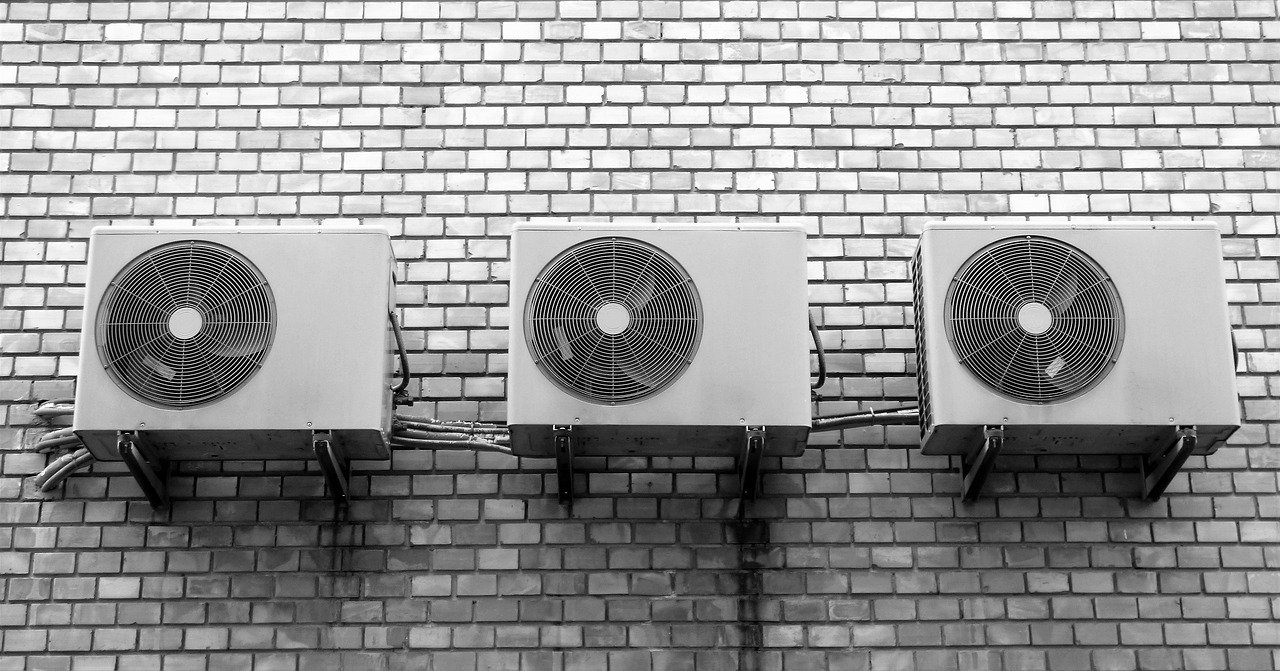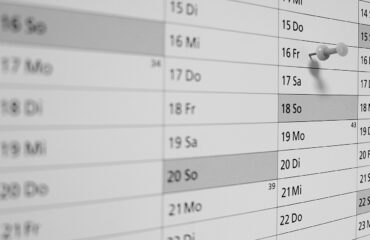While winter has probably not given up yet, we are inevitably approaching warmer months. And as a result, in many workplaces, including homes, which become such when working remotely, the topic of installing air conditioning will appear, without which we can imagine office work on hot days less and less often. In such a case, does the purchase and installation of an air conditioning system (air conditioner) give the possibility to deduct the expenses incurred for it as part of the thermomodernization relief?
Pursuant to Article 26h sec. 1 of the Polish PIT Act, a taxpayer who is the owner or co-owner of a single-family residential building has the right to deduct from the tax base the expenses incurred in the tax year for construction materials, equipment and services related to the implementation of a thermal modernization project in this building, which will be completed within 3 consecutive years, counting from the end of the tax year in which the first expense was incurred.
Importantly, according to section 2 of the above-mentioned regulation, the amount of the deduction may not exceed PLN 53,000 in relation to all thermal modernization projects carried out in individual buildings of which the taxpayer is the owner or co-owner.
It should also be added that the amount of these expenses is determined on the basis of invoices issued by a taxpayer who does not benefit from the exemption from VAT. The PIT Act also indicates that if the expenses incurred were subject to VAT, the amount of the expense is considered to be the expense together with this tax, unless it has been deducted. The date on which the expense is incurred is the date on which the invoice is issued.
In addition, the PIT Act also specifies specific examples of expenses that cannot be deducted under this relief. This is because expenses are not deductible in the part in which they have been:
- financed (co-financed) from the National Fund for Environmental Protection and Water Management or provincial funds for environmental protection and water management or returned to the taxpayer in any form;
- tax-deductible costs, deducted from income under the Flat-Rate Income Tax Act or taken into account by the taxpayer in connection with the use of tax reliefs within the meaning of the Tax Ordinance.
The deduction is made on the return for the tax year in which the expenses were incurred. On the other hand, the amount of deduction that is not covered by the taxpayer’s annual income is deductible in subsequent years, but not longer than for 6 years from the end of the tax year in which the first expense was incurred.
In order to interpret the above regulations, it is necessary to define a thermal modernization project. Essentially, it means, as indicated in the Act on Supporting Thermal Modernisation and Renovation, an undertaking the subject of which is:
- improvement, which reduces the demand for energy supplied for heating and hot water and heating to residential buildings, collective housing buildings and buildings owned by local government units used to perform public tasks,
- improvement, which results in a reduction of primary energy losses in district heating networks and the local heat sources supplying them, if the buildings referred to in point (a) to which energy is supplied from these networks meet the energy saving requirements set out in the building regulations, or measures have been taken to reduce the consumption of energy supplied to these buildings,
- construction of a technical connection to a centralised heat source, in connection with the liquidation of the local heat source, as a result of which there is a reduction in the costs of obtaining heat supplied to the buildings listed in letter a,
- full or partial conversion of energy sources to renewable sources or the use of high-efficiency cogeneration.
The catalogue of deductible expenses can be found in the appendix to the Decree of the Minister of Investment and Development of 21 December 2018 on the list of types of construction materials, equipment and services related to the implementation of thermal modernisation projects (consolidated text: Journal of Laws of 2023, item 273).
This long catalogue included in the above-mentioned regulation contains, m.in an indication of the installation of a heat pump, or the commissioning and regulation of the heat source. However, there is no air conditioner listed in this catalogue.
In connection with the above, looking at the above provisions literally, it should be pointed out that it is not possible to include expenses for the purchase of an air conditioner in the thermomodernization relief.
This is also confirmed by the Tax Clarifications of 30 March 2023 on forms of support for thermal modernization projects in personal income tax, where it is indicated that: “It is worth noting that expenses for the purchase and installation of an air conditioner with a heating function do not entitle the taxpayer to benefit from the thermal modernization relief.”
Similar conclusions can be found in the advance tax ruling of the Director of the National Tax Information of 7 February 2024 (no. 0114-KDIP3-2.4011.1099.2023.2.JK3).
To sum up, in our opinion, the expenses incurred for the purchase and installation of an air conditioning system (air conditioner) cannot be included in the thermomodernization relief, even if it has a heating function.



